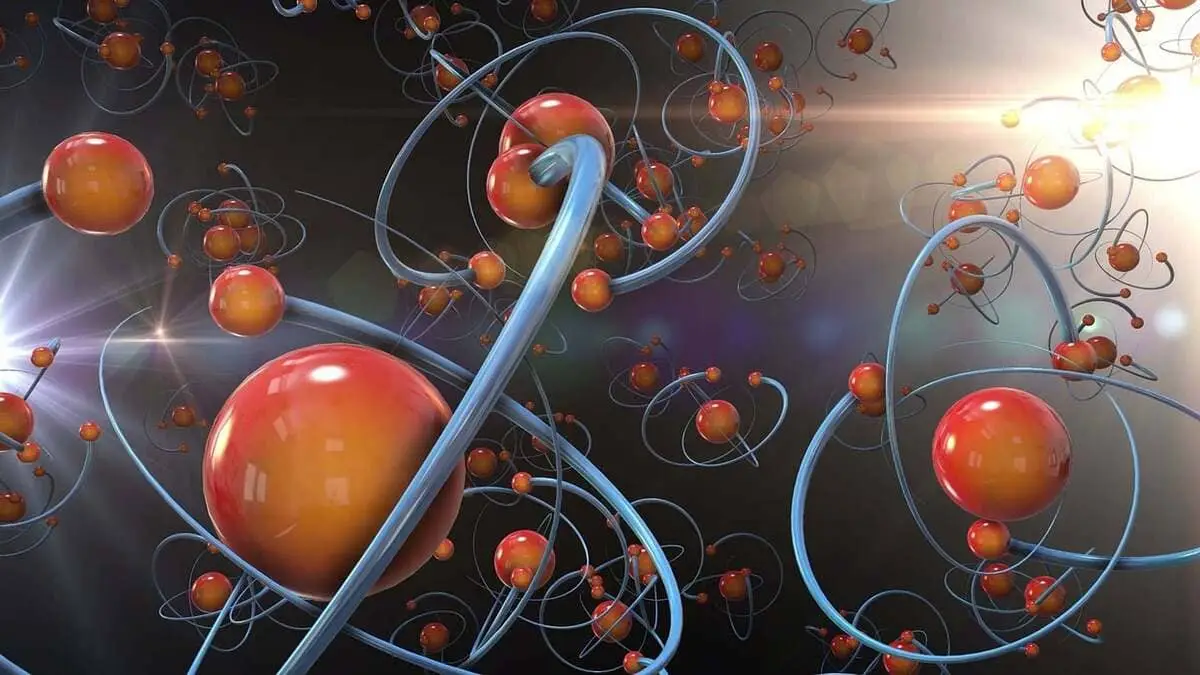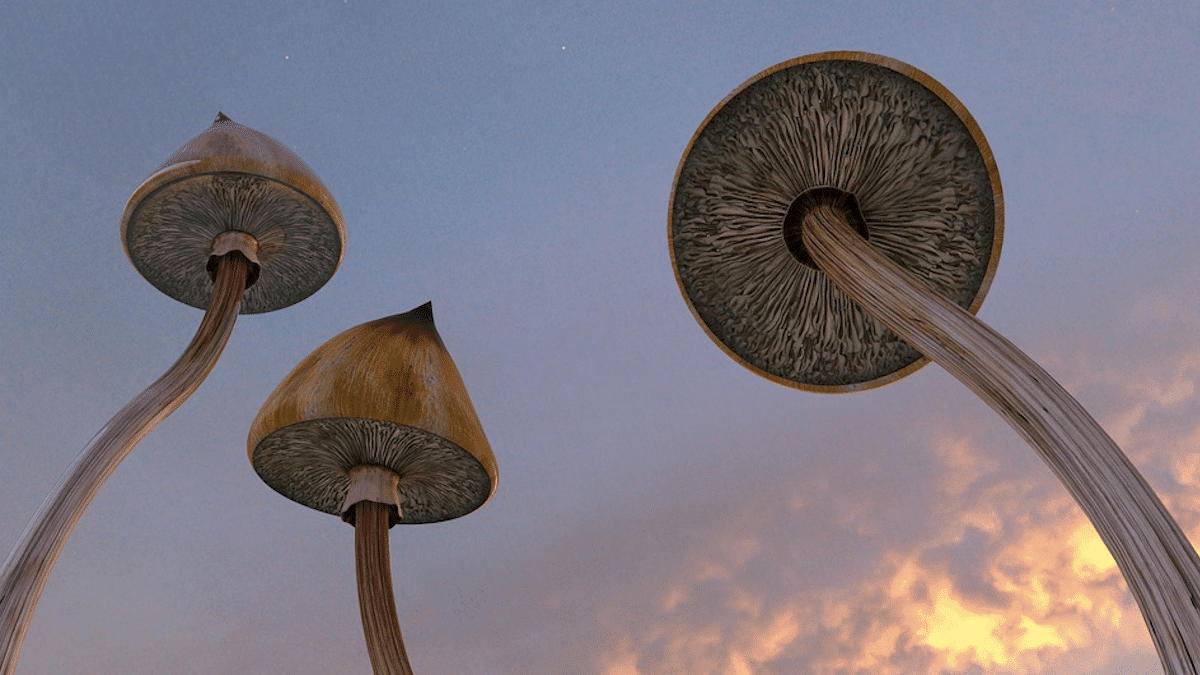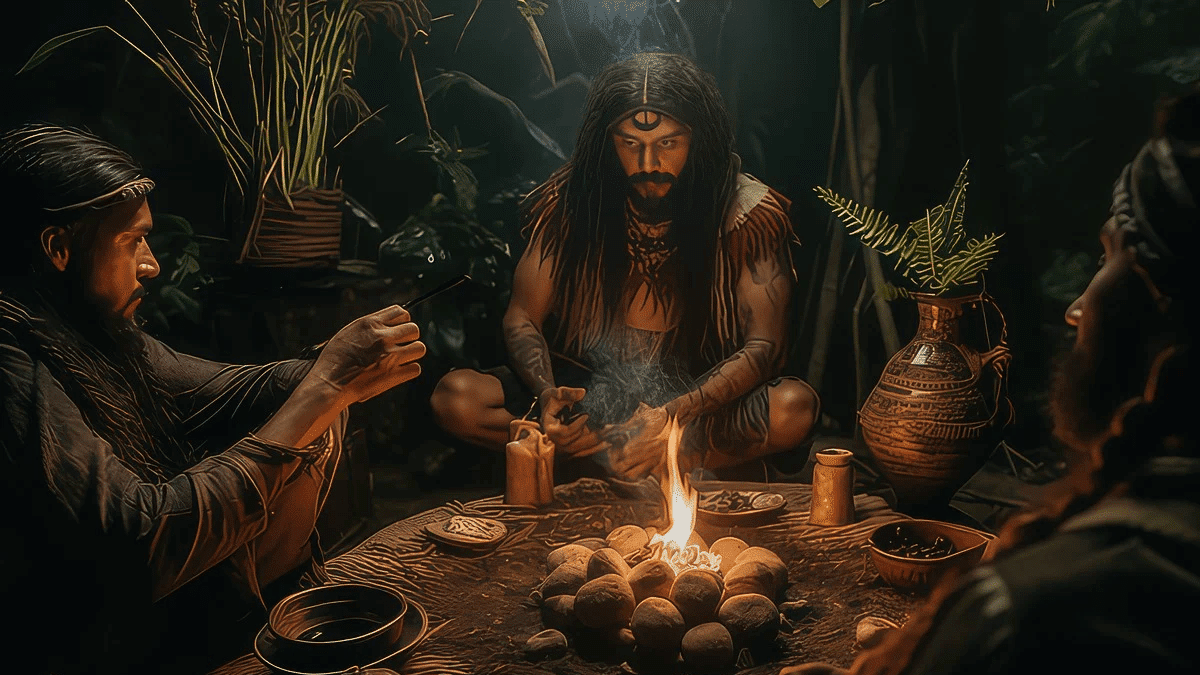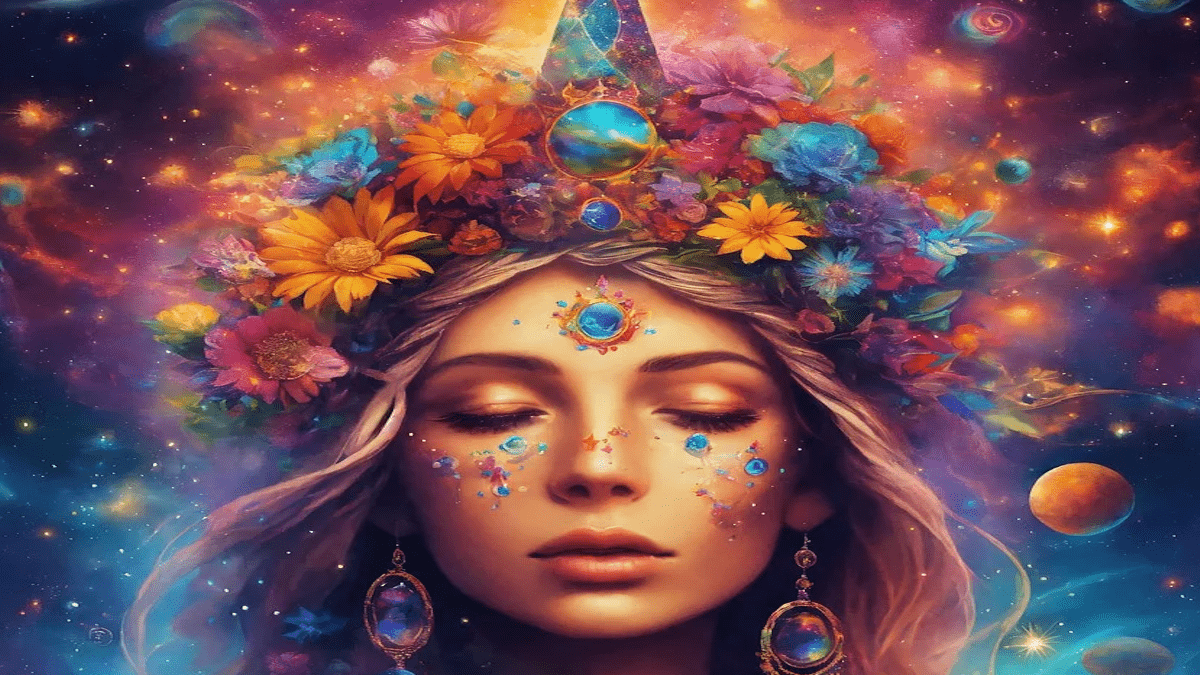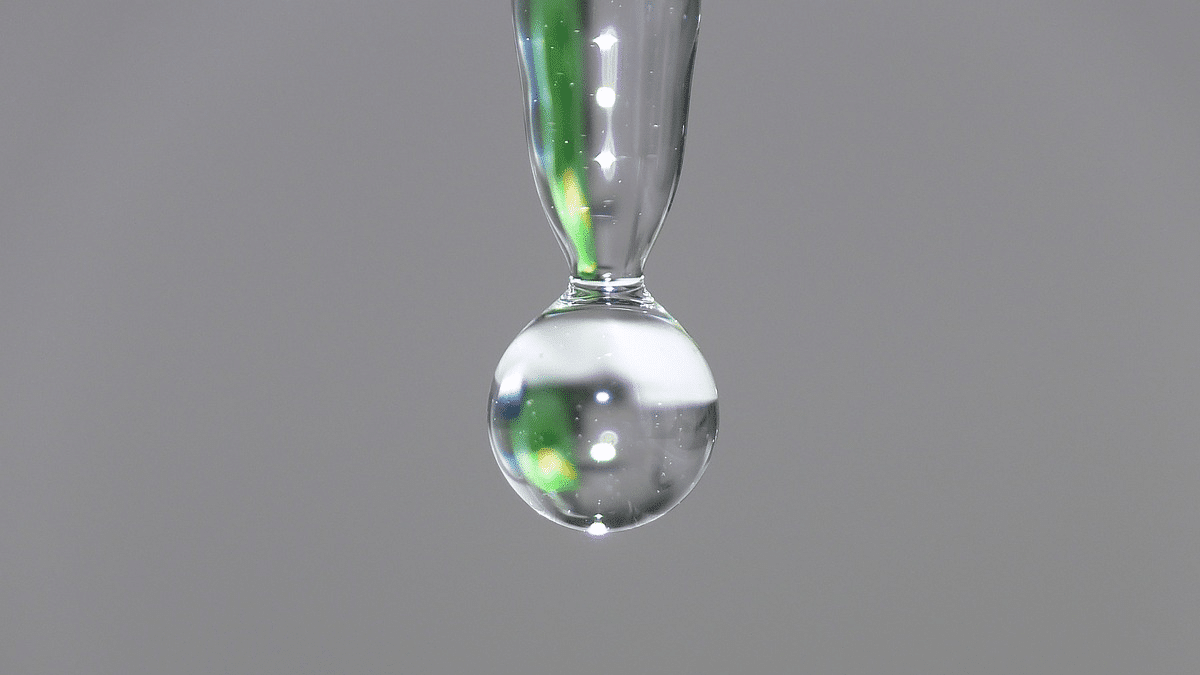Mushrooms have received a lot of attention in recent decades because of their powerful psychedelic effects. But what makes these mushrooms so special? The answer lies in the active ingredient called psilocybin.
Table of contents
The magical substance psilocybin
Psilocybin is a psychoactive substance found naturally in certain types of mushrooms, also known as "magic mushrooms." It belongs to a class of compounds called tryptamines, which have similar effects to serotonin, a neurotransmitter involved in the regulation of mood, sleep and cognition.
The psychedelic effects of psilocybin have been known for thousands of years, as magic mushrooms have been used for centuries in various cultural and spiritual practices [1]. Nowadays, however, mushroom use is also increasing among people interested in recreational purposes or self-development. In addition, there is now more attention to the beneficial effects the substance can have on mental disorders.
Where do you find psilocybin?
Psilocybin occurs naturally in various types of mushrooms around the world. Some of the best-known mushrooms that contain psilocybin include Psilocybe cubensis, and the Psilocybe Mexicana. These mushrooms often grow in moist environments, such as forests and high plains, and thrive on organic material.
Although mushrooms can be found in the wild, it can be difficult to identify the correct species, as some poisonous mushrooms look similar at first glance. To ensure safety, it is advisable to obtain mushrooms from reliable sources, such as specialist mushroom stores who offer carefully cultivated and identified magic mushrooms.
How does psilocybin work?
When psilocybin is ingested, it is converted in the body to psilocin, which is responsible for the psychedelic effects. Psilocin binds to serotonin receptors in the brain, specifically the 5-HT2A receptors, which are involved in the regulation of neuronal communication [2].
The interaction with these receptors leads to increased activity in certain parts of the brain, such as the prefrontal cortex and the amygdala. This causes an increase in sensory perceptions, changes in perception, emotions and awareness. However, the exact mechanisms behind the effects of psilocybin are not yet fully understood and remain the subject of intense research.
What are the effects of psilocybin?
The effects of psilocybin vary from person to person, but in general they are known for their hallucinogenic and mystical aspects. During a trip, people may experience visual hallucinations, see colors more intensely, patterns become distorted, and thoughts and emotions may feel more intense. In addition to these visual and mental effects, psilocybin trips can also be associated with a heightened sense of connection with the world around us, which can lead to spiritual insights and personal growth [3].
Scientific research on psilocybin
Although magic mushrooms have been used for centuries by indigenous cultures around the world, modern science has increasingly focused on the therapeutic potential of psilocybin. Recent studies have shown that psilocybin can help treat various mental disorders, such as depression, anxiety disorders and addictions. It is also being investigated as a possible treatment for cluster headaches.
Sources:
[1] https://pubmed.ncbi.nlm.nih.gov/32398764/

